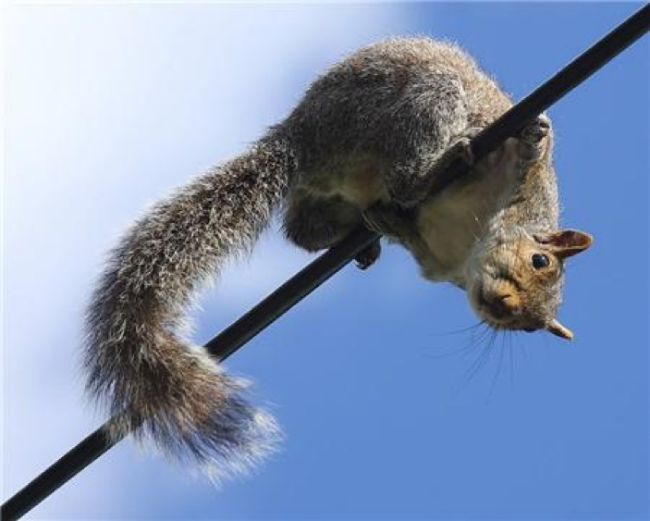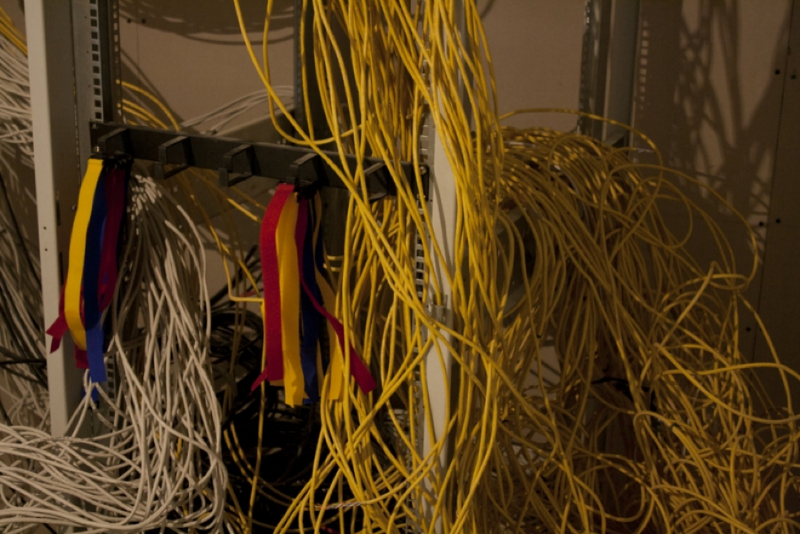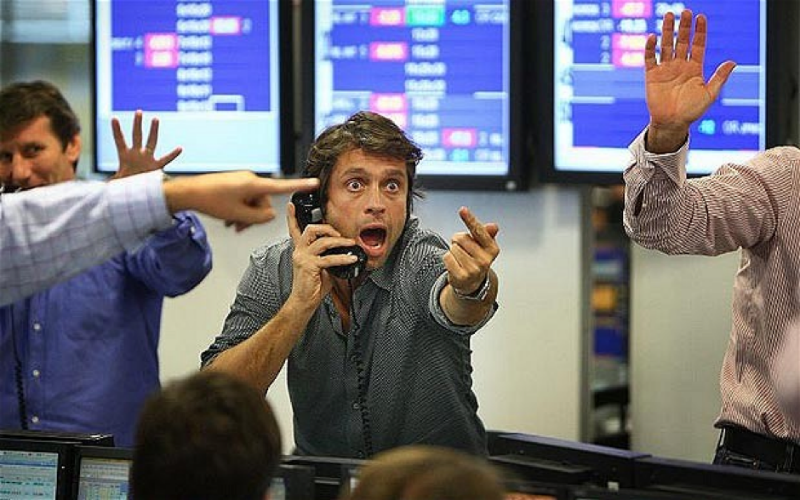The troubles of world stock markets: cybercrime, natural disasters and the human factor

Typhoon Nida, which hit Hong Kong on August 2, suspended the economic life of Asia’s largest financial center. The tropical cyclone caused the cancellation of one hundred and fifty flights, the closure of shopping centers and the termination of trading on the largest market for securities and derivatives, the Hong Kong Stock Exchange, for one day. However, natural disasters and local cataclysms do not always cause the "fall" of the exchanges. Consider unexpected incidents that can lead to "stock market problems."
Cybercrime

')
Last year, James Lewis of the United States Center for Strategic and International Studies published a column in The Washington Post, in which he criticized the “philistine” view of American citizens about the frequency of hacker attacks on stock exchanges. According to an expert on American cybersecurity, the hacker threat has become a major horror story of the 21st century and is often overvalued. "Hackers do not seek to bring down the stock exchange, because they want to make money on them," said Lewis.
The study, prepared by The New York Times correspondents, out of the 10 most large-scale exchange “falls” that occurred between 1967 and 2015, only 2 were recognized as a consequence of a hacker attack — in 2001 and 2013, cybercriminals disrupted the world's largest IT exchange NASDAQ . In the first case, unknown hackers broke into the corporate customer service system, without having access to information about transactions. The second attack struck the reputation of the exchange more strongly - the attackers managed to hack into the NASDAQ computer system and penetrate it unnoticed for two years.
Often, the consequences of a hacker attack are considered events unrelated to the activities of cybercriminals. For example, the hacker burglary unjustifiably considered the instantaneous collapse of the US stock market in 2010 or the failure of the New York Stock Exchange on July 8, 2015. However, it is impossible to call a hacker threat absolutely unreal, because cybercriminals continue to launch attacks on financial institutions. One of the latest "achievements" of cyber criminals is the attack on the Hong Kong cryptocurrency exchange Bitfinex, as a result of which the Bitcoin exchange rate against the US dollar fell by 13%.
Squirrel attack

The world's largest stock exchange NASDAQ “fell” not only as a result of hacker attacks, but also after an unsuccessful collision with wildlife: in 1987 and 1994, the reason for the stock exchange to stop for 82 and 34 minutes, respectively, was… protein attacks. The stray animals penetrated twice into the Main Computer Center, located in Trumbull, Connecticut, and gnawed through the wiring, leaving the building without power supply.
As a result of the first attack of the rodent, more than 20 million shares ceased to participate in the auction, while the second one coincided with several failures in the stock exchange due to system bugs and caused massive discontent among traders.
Computer systems do not withstand the burden associated with entering the IPO of large companies

In 2012, Facebook posted its shares on the US NASDAQ Stock Exchange, which specializes in securities of IT companies. However, to the incredible chagrin of investors, trading on the IPO day ended at around $ 38.23 per share, with an opening price of $ 38. A possible reason for which the company failed to achieve the planned success lies in the delay in trading by 3 hours and the subsequent incorrect operation of the trading platform.
Nasdaq President Robert Grayfield assured journalists that "the technical problems of the exchange did not affect the debut of Faceebok," but acknowledged that the leadership of the NASDAQ was extremely concerned about the problems on the day of the IPO.
Iron problems

Errors of technology and interruptions in the network connection are the main causes of the “falls”. For example, it was “technical problems” (and not cybercriminals, as Internet users assumed) that caused the sensational malfunction of the New York Stock Exchange on July 8, 2015.
Of the 10 large-scale falls of the exchanges described by The New York Times, about seven were somehow caused by problems with the hardware and the network. Failures of switches, bugs of trading machines and errors in the transition to the new number system caused serious damage to world stock exchanges. 10 of the 11 failures in the Moscow Stock Exchange in 2015 were also caused by technical and network problems.
Human errors

Many “crashes” are caused by technical failures and bugs, however, a temporary suspension of the stock exchange can occur through the fault of its employees. So, in 1967, the stock exchange computer of the New York Stock Exchange suspended work due to an error of one of the operators IBM 7010 - some transactions were missed or marked twice.
Human errors affect the work of the exchanges in the 21st century. On September 16, 2015, the Moscow Exchange did not broadcast the quotes of the RTS index, the index of metals and mining, and the broad market index for about an hour due to an error that entered documents containing quarterly revision of the indices.
In order to minimize the possible damage from stock exchange disruptions, brokerage companies are developing various customer protection systems. We will talk about how similar protection is implemented in the ITinvest MatriX trading system in one of the following posts (you can briefly read about it here ).
Articles and links from ITinvest on the topic:
- Online Trading: How to become a developer of systems for trading on the exchange
- What a programmer should be able to get a job in finance
- How to recognize a person's emotions in his face: A test for employees of financial companies
- The conditions under which the financiers work: A tour of the offices of Goldman Sachs and Bloomberg
Source: https://habr.com/ru/post/396727/
All Articles